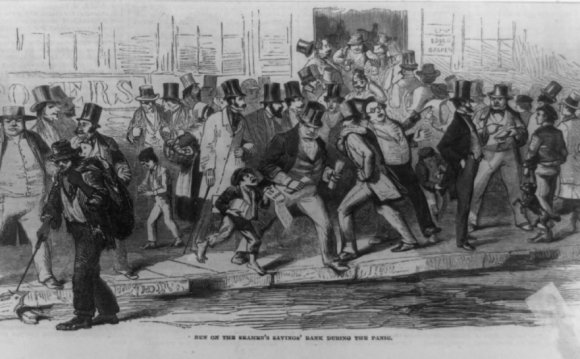
First Economic Crisis
Tulpanomia - is a classic example of the exchange bubble and the collapse that followed with all the consequences. You can't say the tulip crisis was the first crisis in history. Crises were also in ancient civilizations, but the Tulpan crisis in Holland was created by speculation rather than by successive crop failures, for example. The history of the tulip is that.
In the first half of the 17th century, tulips were taken to Holland from Turkey. The first flowers of tulips were not particularly beautiful, but the experiments in the formation of tulips produced results and the number of varieties rose sharply. The tulips planted large areas, their popularity grew. Rosley and tulip prices. For a few or three strings of some sorts, Dutch people were ready to make fortunes.
Increasingly, more and more people have become involved in the trade of tulips. The Dutch property sold cheap and bought expensive tulips. However, at that time, the notion of "high" and " cheap" was different. Some speculators made a fortune for a couple of tulip deals. Seeing that, a lot of people started buying and selling tulips.
Physical tulips were missing, and people started selling futures and options for future tulips. I mean, the not-sized tulips were bought and sold to people. With the increased price deficit, the price rose drastically.
The Krah was very quick. In February 1637, prices began to fall sharply. People were getting rid of the bulbs and by the end of 1637, the Tulip bulb could be bought for less than one percentage of its previous price.

Tulip fields in the Netherlands are the consequences of tulips?
The consequences were sad - virtually all those who participated in speculation lost, if not all, almost everything. The only positive thing in this history is that Holland is now the main producer of tulips (there's probably a pity to throw the dysfunctional bulbs away, decided to breed and sell others).








